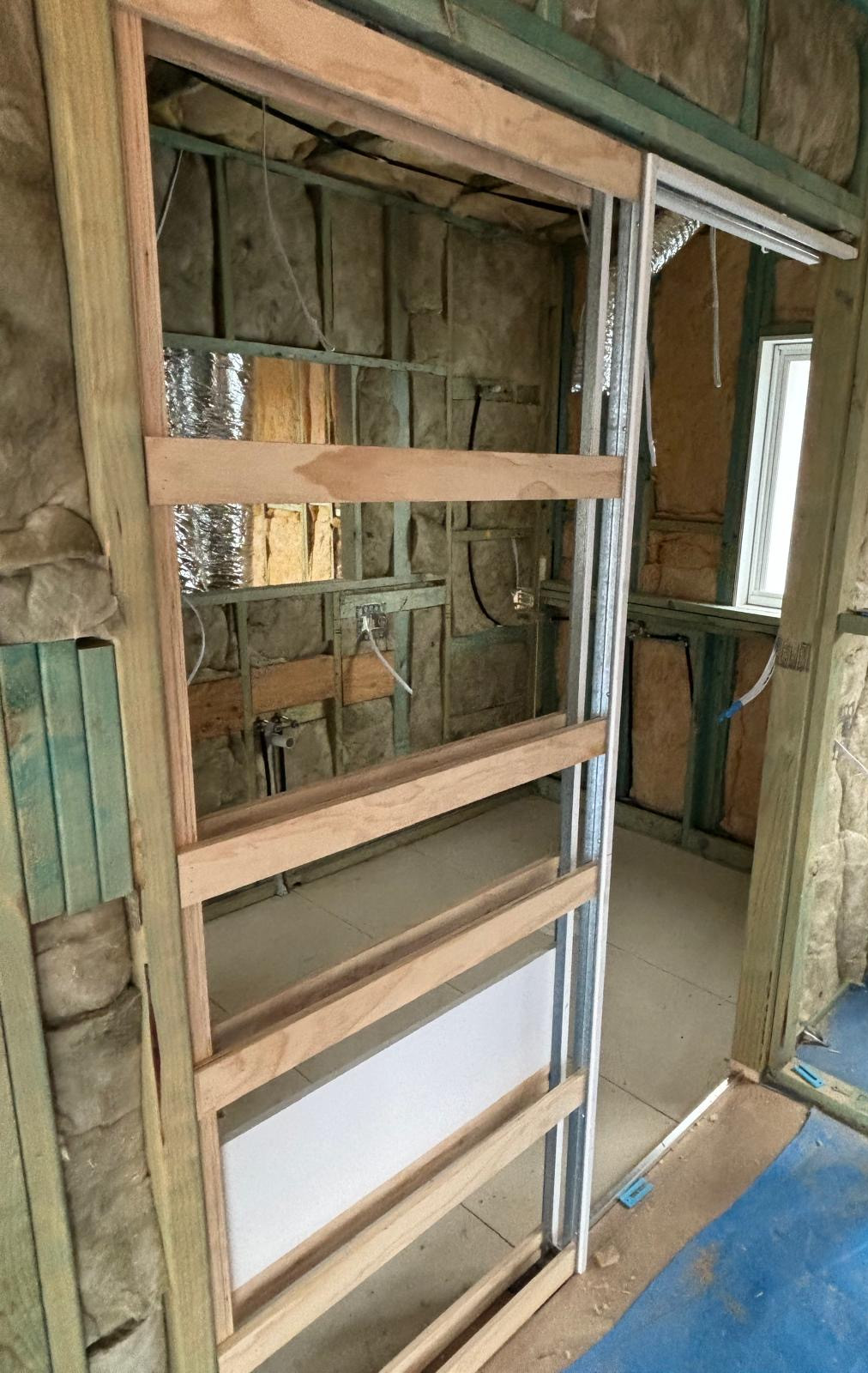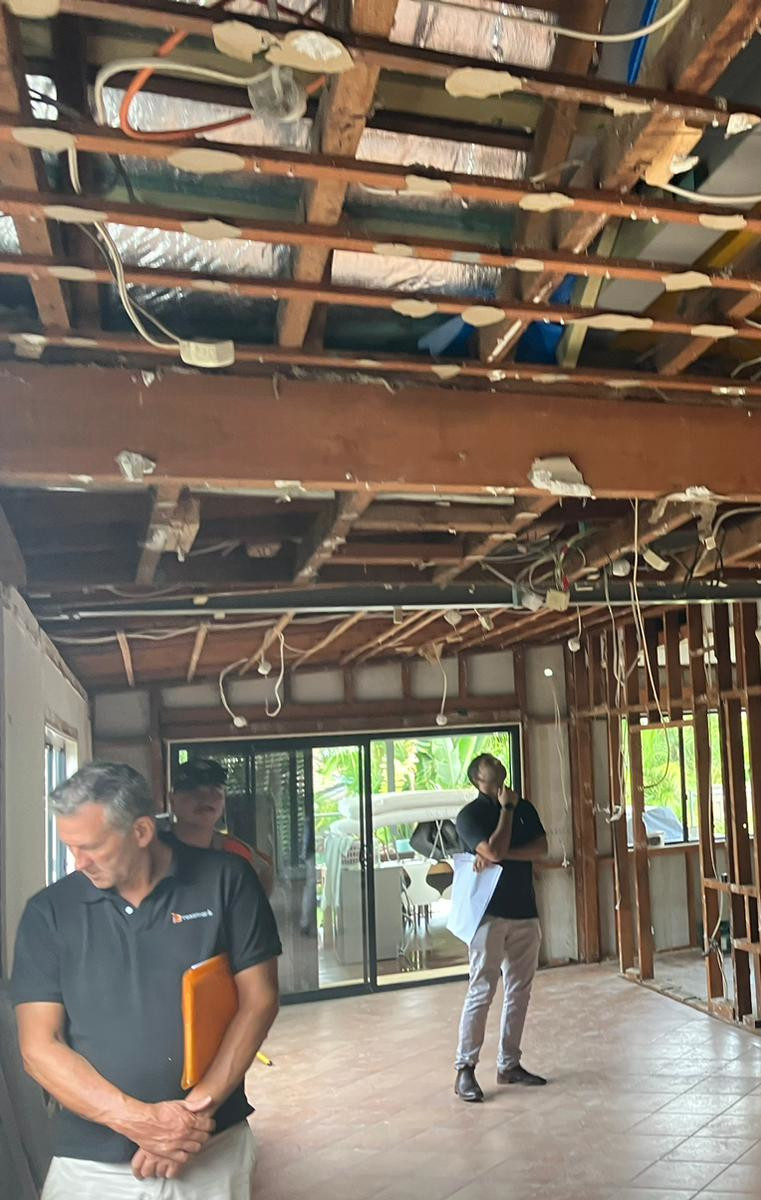Living in your home during a home renovation might seem doable—how bad could it be? Maybe it’s just like camping, right? Well, not always.
If you’re tackling a small-scale home renovation, such as a bathroom or kitchen update, you might be able to live through the inconvenience. However, if your project is more extensive, you need to ask yourself:
Before making that decision, consider these critical factors:
1. Structural Alterations: Is Your Home Safe to Stay In?
If your home renovation involves removing load-bearing walls, reinforcing foundations, or adding extensions, your home might not be structurally stable during construction. Exposed beams, unfinished floors, and temporary supports can make certain areas unsafe to live in.
2. Dust, Debris, and Hazardous Materials
Home renovations generate a significant amount of dust and airborne debris, which can impact air quality and trigger allergies or respiratory issues. If your home was built before 1988, there’s also the risk of asbestos or lead-based paint exposure during the demolition phase.
3. Noise, Stress, and Daily Disruptions
Power tools, hammering, and drilling can turn your peaceful home into a construction site. If you work from home, have young children, or are sensitive to noise, living in a renovation zone can be overwhelming.
4. Water, Electricity, and Basic Utilities
Major home renovations often require shutting off electricity, water, or gas temporarily. If your kitchen is under construction, you may have to rely on a temporary setup with a microwave and mini-fridge. If a bathroom is being remodelled, you’ll need access to another one—or alternative arrangements. If your home renovation involves multiple areas simultaneously, living through such disruptions may not be feasible. Some consider staging the home renovation—completing one area before starting another—but this can increase builders’ costs considerably. You may find moving out more affordable.
5. Safety Hazards: Open Floors, Sharp Tools, and Falling Risks
Construction zones are filled with hazards—exposed objects, open voids, unfinished work zones, and heavy equipment. These risks are even greater if you have children or pets in the home. Although builders secure these areas for their team, they are certainly not favourable or safe places to live within when the home renovation is substantial and invasive.

Image: Courtesy of Rossmark Building Designs from Home Renovation

Should You Stay or Move Out?
Whether you can stay in your home during home renovations depends on the scale of the project, safety risks, and your personal tolerance for disruption.
When You Can Stay:



When You Should Move Out:




Before deciding whether to stay or move out, have a clear conversation with your builder about the program, risks, and disruptions. If you do choose to stay, set up safety precautions, create a temporary separate/secure living arrangements, and mentally prepare your family for some inconvenience.
A home renovation is temporary, but safety must always come first.
Happy Dwelling
Shire renovator
Want to speak to the author? Phone (02) 9525 5588 and ask for Matthew.